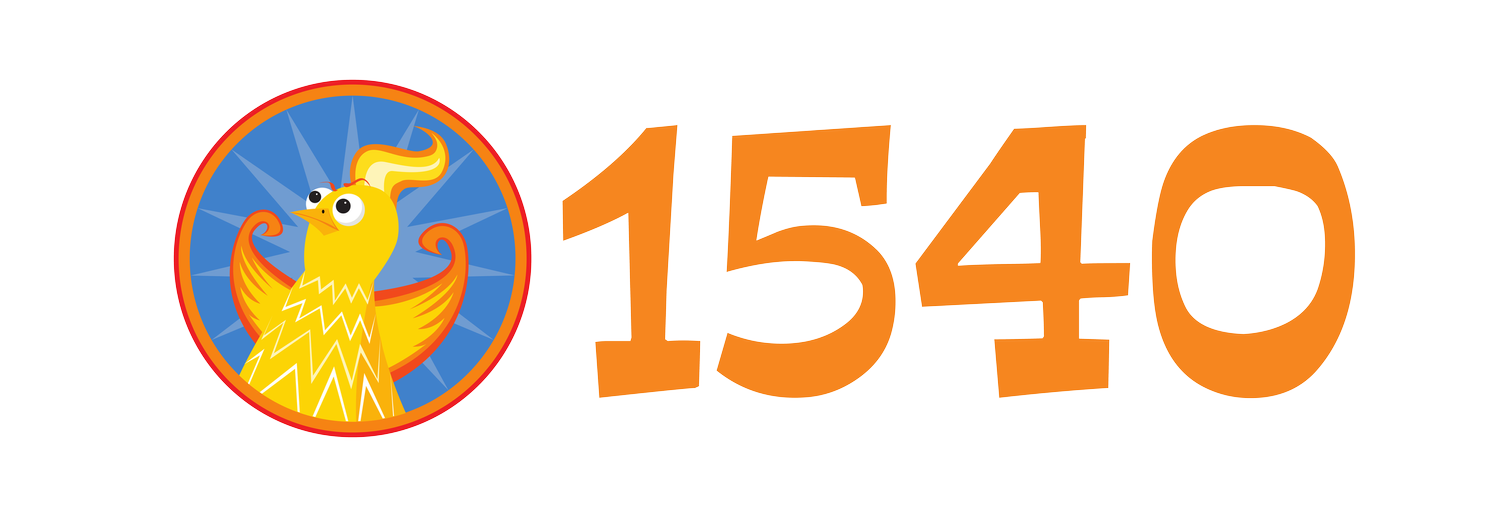Here you can find a list of past BunnyBots games, along with downloads of the complete rules. Future games will be similar to these, but by no means identical.
2024
Bunnybots 2024, “Balloon-A-Palooza” was played on a carpeted competition field with two alliances of three robots each. Alliances autonomously placed balloon-bunnies into totes to elevate their score before pulling balloons from a central corral and scoring them in totes or low zones.
Results | Live Stream | Rules
2023
Bunnybots 2023, “Rabbit Roundup” was played on a carpeted competition field with two alliances of three robots each. Teams collected yellow wiffle balls to shoot at targets mounted to opponent robots, brought captured bunnies to their home zones for extra points at the end of the match.
Results | Live Stream | Rules
2022
BunnyBots 2022, “Totally Tubular” was played on a standard competition field with two alliances of 3 robots each. Teams collected tubes randomly placed on the field to place into scoring areas in the middle of the field. Bunnies could also be scored to double the points in a bin.
2021
BunnyBots 2021, “Splash’n Dash” was a water game played outside due to COVID concerns. Teams collected blue and red balls and placed them in crates while avoid water canons from opposing robots.
2020
With COVID-19, 2020’s BunnyBots had to be scrapped. A sad, sad day for all.
2019
BunnyBots 2019 , “Knockout”, was played on a carpeted field with two alliances of three teams each. 120 2” wooden cubes are distributed among eight tubs starting straddling the midline lengthwise. These cubes score two points each for the alliance if, at the end of the game, they are in contact with a platform (called the bed) of one of the alliance’s robots. Bunnies act as spoilers and negate all the cubes collected by a particular robot.
See the 2019 Rules
2018
BunnyBots 2018, Box ‘Em Up, was played on standard carpeted field with two alliances. 15 plastic crates from FIRST’s 2018 game “Power Up” were present on each half of the field. There are also 120 red racket balls and 120 blue racket balls placed by teams in the middle third of the field. The goal was to “claim” as many crates as possible by having the obvious majority of the balls supported by the crates be of your alliance’s color.
2017
Hide and Seek was played by two alliances of three robots each on a FRC-sized field. During setup, each alliance places 10 stuffed bunnies into 20 buckets on their half of the field by hand. They can be as secretive as they like about which of the buckets on their half of the field have bunnies placed in them. After a 15 second autonomous period, the 2:15 teleop period begins. During teleop, robots seek to get as many bunnies as possible in contact with the carpet their half of the field.
2016
Round-a-BOUT was played by two alliances of three robots each. After a 10 second autonomous period, the 2:20 teleop period begins. During teleop, robots race around the track in a figure-8 pattern trying to cross as many track lines as possible, all while dodging Nerf darts launched by other robots. Significant points are also awarded for depositing stuffed bunnies into a burrow. This was a fast paced game that put a premium on a agile, robust drive train and driving skill.
2015
Danger Zone was played by two alliances of three robots each. After a 10 second autonomous period, the 2:20 teleoperation period begins. During teleop, robots attempt to score as many touchdowns as possible by transporting foam footballs the length of the field to the alliance’s end zone. Additional points are awarded depending on how the scoring robot acquired the ball. Additionally, three stuffed bunnies start off in each alliance’s home zone. Bunnies score 10 points each in each alliance’s end zone at the end of the match.
2014
PANdemonium was played by two alliances of three robots each. The goal of the game is to place as many team-provided “widgets” as possible onto the “pans” of the team’s robot, or that of their alliance partners, while simultaneously attempting to de-score the widgets on the robots of the opposing alliance.
2013
In "Pool Party" Three robots form an alliance in 3 vs 3 style on a full size field. Vaguely similar to pool, the object of the game is to score more balls of your alliance’s color in pockets than the opposing alliance.
2012
This game, Ping Pong Panic" involved Ping Pong balls, and a lot of them. The matches started with a 15 second autonomous period during which robots tried to get bunnies into the goals, which were 30" square plywood bases with raised edges. For the rest of the match, robots tried to get Ping Pong balls into the goals, along with (optionally) shooting other robots with the Ping Pong balls for point deductions against the hit robots.
2011
This game was all about bunnies and Nerf darts. Teams tried to get as many bunnies as they could onto their side of the field, while also defending their bunnies and shooting other robots with Nerf darts. The result was a bunch of FRC-class robots with Nerf guns strapped on, which was pretty entertaining to watch.
2010
This game had an interesting interactive element, 'widgets.' Widgets were items that teams brought, and they could be just about anything that could fit into an 18" cube. This gave teams an additional engineering challenge beyond just building robots, as some tried to build self-scoring widgets. Bunnies were treated as 'super-widgets.' The variation in game piece size gave rise to some very neat and sophisticated manipulators.
2009
This game had some very unusual game pieces, 'bolas.' Bolas were two tennis balls strung together with nylon cord, and they had to be hung on racks made of PVC pipe. Adding to the challenge was the fact that other pieces 'spoilers,' could completely eliminate any bolas hung on one level of the rack, so strategically this was an interesting game. It was a robotic version of the popular backyard game Ladder Ball.

